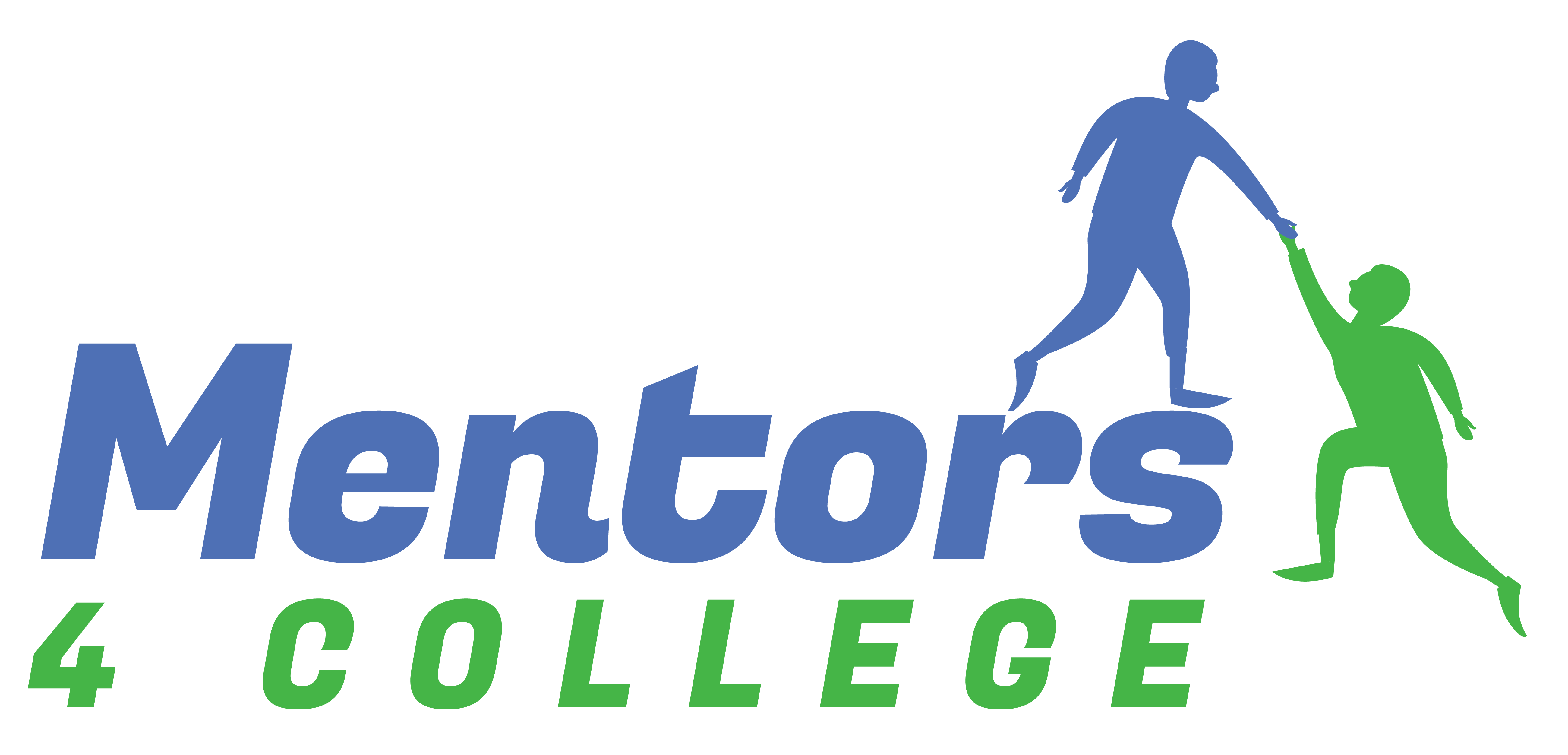Don’t you wish there was a cute, little dog like Toto who could just pull back a curtain and reveal the secret to how all this confusing, murky college admissions process works? So you could see that the smoke and mirrors and prestidigitations involved weren’t so scary and intimidating after all. That lurking behind that collegiate curtain was not some vast conveyor belt machinery that slapped your kid’s angst-filled application through their impersonal cogs but was rather a kindly old man, a wizard if you will, who was standing there, reading every single word of your kid’s essay with an appreciative eye, a kind heart, and an eagerness to admit them to their dream school.
Wouldn’t that be nice? And hey, wouldn’t it be nice to win the lottery and find a parking spot anywhere near the doors of Costco?
But we all know those are pipe dreams. I park at Costco then Uber to the front door. Because that’s just life’s reality…and because some of us have absolutely no “parking karma” whatsoever.
There is some good news, however. There is information out there that will help you understand what goes on behind that collegiate admissions curtain, even if you can’t really look behind it. Knowing about the current Admissions Trends can help you understand what colleges are looking for in their applicant class, they can help you make smarter application decisions, and help guide you in your curriculum and college road map planning. So, what are those latest Admissions Trends and what do they mean?
Here’s what we know about admissions trends from last year:
- Highly selective schools saw huge increases in their applications. But it wasn’t more students applying, they just applied to more schools. This translates to lower acceptance rates than in previous years. (Here’s a small sampling: Colgate was up 103%, MIT 66%, Columbia 42%.)
- Some schools continue to admit large portions of their freshman class through their early admissions programs, making regular admissions even more competitive. Boston University, Cornell, Dartmouth, Duke, and Middlebury, for example, admitted 40% or more of their freshmen class through their early decision program.
- Highly selective schools admitted more students who submitted test scores than those who did not. In schools with acceptance rates below 30%, statistics show if you have a strong test score it will only help you stand out. (Keep in mind those who submit test scores tend to submit high scores.)
- Many smaller, less selective schools were down in applications. Many of these schools tend to give merit aid.
- For the UC’s, applications grew 18% and admission rates for CA residents fell from 71% to 66%. Out-of-state and international demand continued to rise. CAL and UCLA remained the two most “popular” and difficult schools to gain acceptance into as applications soared and acceptances declined.
So what does this mean in terms of your college application?
- Build a Balanced College List: It’s more important than ever to find “good fit” schools- academically, socially, and financially. Be realistic about your student’s chances and have realistic expectations. Have strong “safety” and “target” schools as you can expect applications to still trend high at elite (“reach”) universities.
- Be strategic with application timetables. Evaluate carefully if Early Action or Early Decision works for your student and family.
- Make a smart, individualized testing plan. If your student is a strong test taker and is interested in attending a highly selective college, taking the ACT or SAT, and scoring well, can only help them in the admissions process.
- Character counts. The “holistic” admissions process has never been more important with schools going test optional. Some schools are even hiring psychologists to advise admissions reps how to read applications to discern strong “character traits” through essays, recommendations, and extracurricular activities. Highlight your traits and values (resilience, determination, compassion, etc.) throughout your application.
- Know your UC’s. The UC’s will remain test blind. The expectations are that interest will remain high and admissions will continue to be selective. Be informed about which campuses you apply to. Last year the admit rate for California students (vs. out-of-state) remained a bit higher at Santa Cruz, Riverside and UCLA. It was lower at Irvine and San Diego. The overall admission rate at Davis rose from 47% to 49%. Do your research, be informed.
Let us help you understand the trends and navigate the admissions process…for FREE.
You can reach us at mentors4college.org – you won’t even need to find a parking spot.

